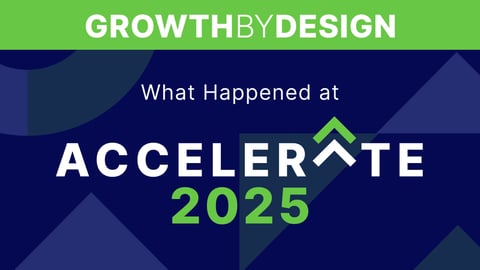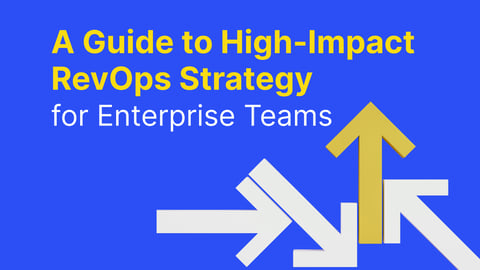In the fourth industrial revolution, insurance companies need to evolve to keep up with game-changing best practices—empowering employees with effective tools to generate revenue, including incentive compensation.
Industry-changing Digital Transformation
“Joe McCarthy, Richard Nixon, Studebaker, television” has given way to Joe Biden, the global pandemic, the great reset, and AI.
According to PwC, the fourth industrial revolution will change the insurance industry:
“At the insurer of the not-so-distant future, there will be clean hand-offs and interactions between customers, brokers, underwriters, insurers, reinsurers, and claims providers. The concept of multiple systems and platforms will disappear, replaced by seamless workflow integration—much like access to a full range of television content through a single app.”
The intelligence revolution is changing how insurers do business.
The fourth industrial revolution is introducing new capabilities that inform digitalization and data capabilities.
Industry leaders need to embrace the potential of the intelligence revolution and the power of new technologies to make successful decisions for their organizations.
Revolutionizing the Insurance Business
When we talk about digital transformation, we often put our emphasis on the technological elements and pay less attention to the transformational impacts.
According to McKinsey research focused on the insurance industry, digital transformation “forces companies to rethink the sources of revenue and efficiency. It forces them to rethink the organizational and talent model. And ultimately it forces them to rethink the business model and the role they will play in an ecosystem that cuts across traditional industry boundaries.”
For insurers, the transition from legacy applications on a dated mainframe that may be from the 60s or 70s to a modern tech stack that’s on the cloud will shift the experience your employees—and, ultimately, your customers—have.
Powering Producers and Distributors
Start to finish, date of hire to retirement, the technological limitations of mainframe applications cramp success for both producers and distributors.
“The agent experience” is arguably the inverse of producer management—both encompass onboarding, licensing, compliance tracking and verification, correspondence, activity tracking, audits, contract renewal, continuous education, promotion, and off-boarding.
They also, importantly, include incentive compensation—what may be the most critical aspect of both the agent experience and producer-lifecycle management or PLCM.
Both the agent experience and producer management have profound impacts on revenue generation.
When companies continue to run mainframe applications and green screens, producers have limited visibility into the performance of agents across multiple lines of business.
Inefficient, siloed processes make it difficult for distributors to set ambitious sales goals and achieve them. Out-of-date technology makes it difficult for distributors to build their book, maximize their book, retire their book, and team with other agents, a common practice.
The IT investment required to make any change to product launches or to allow for new incentive programs can feel prohibitive. The resulting lack of agility makes it difficult to respond to change—regulatory to cultural—in a timely and cost-effective manner.
Insurers that modernize create significant competitive advantages that extend to talent—to the agent experience.
Demographic Shifts Informing Digital Transformation
Recent survey data shows that young insurance agents are keen on the new capabilities offered by cloud-based solutions—especially the ability to view their progress toward incentives in real time.
Varicent’s sales performance management solutions can provide what 61% of young agents indicate they value.
Agents can view their progress toward commissions and incentives with modern visualizations and use predictive forecasting to anticipate performance. Dashboards are clear, timely, accurate—and predictive.
“We can bring AI machine learning to bear on all the data that is collected from a commissioned sales-performance perspective and help producers and distributors anticipate what they may not be thinking of [yet],” explains Colin Wong, General Manager of Financial Services at Varicent.
Historically, mainframes were valuable to financial services firms because they could handle large volumes of data.
Augmented intelligence (AI/ML) adds value because it can distill those huge volumes of data into new insights to help drive incremental revenue.
Couple the power of AI/ML with integrated systems that create transparent, accurate views of incentive compensation and you have a game-changing combination for insurers, distributors, and producers.
Learn more about how data, digitization, and intelligence can transform your business.




